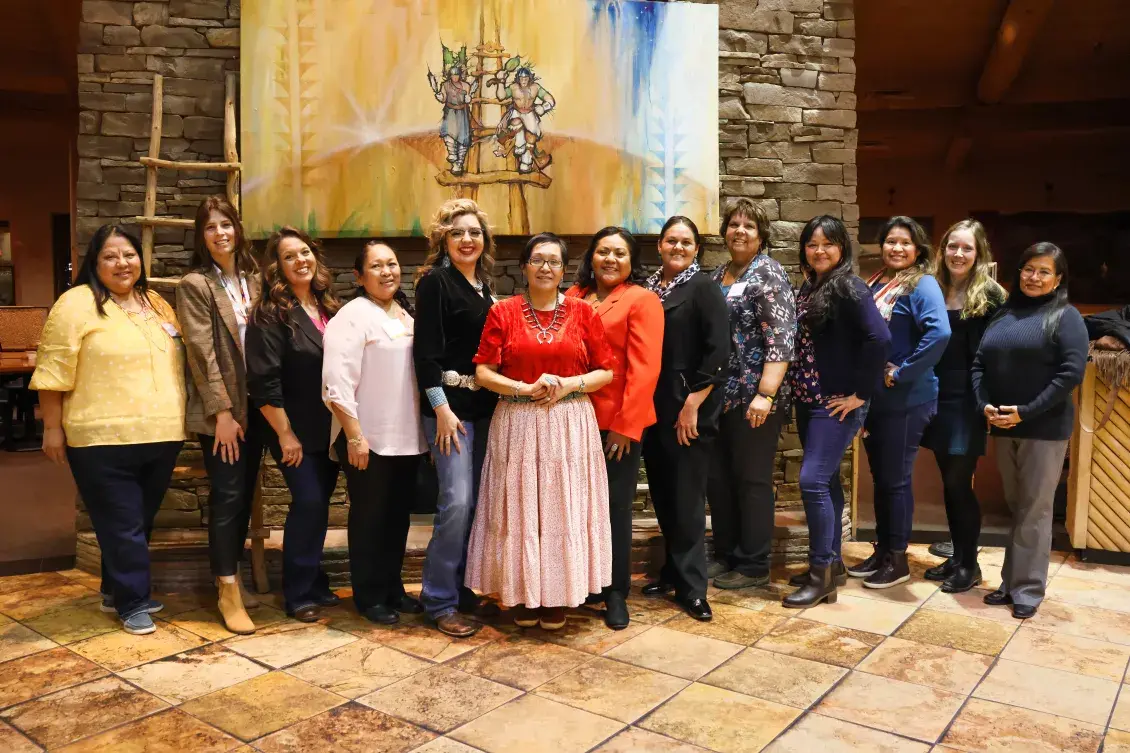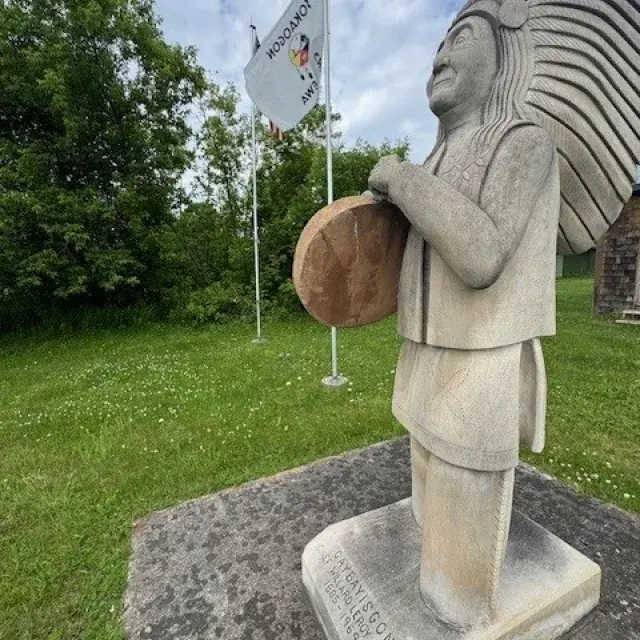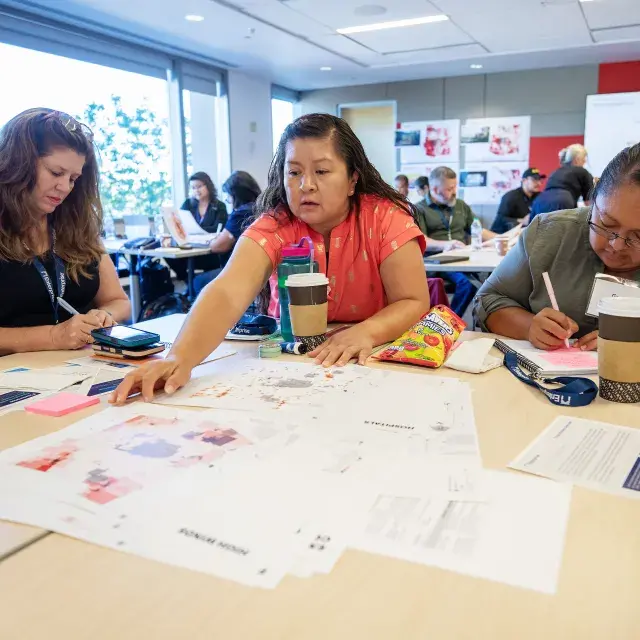Deb Haaland made history in 2021 when she became the first Native American to serve as a cabinet secretary. At the same time, a new generation of Native women has been working behind the scenes to lead economic development and affordable housing efforts in Tribal communities across the country.
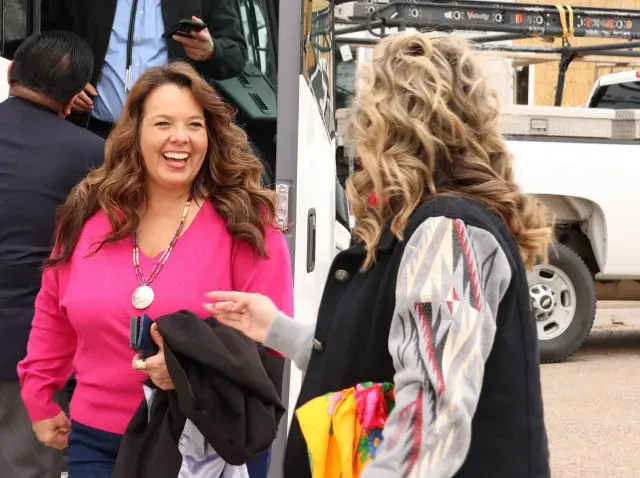
Tonya Plummer, Enterprise’s director for Native and Tribal housing, says none of this is new. Native women have taken leadership roles in their communities for years – from Lozen, an Apache warrior who fought alongside Geronimo – to Wilma Mankiller, the first female elected to lead the Cherokee Nation, where she served three terms. More recently, Richelle Montoya was elected vice president of Navajo Nation – the first female elected to the executive office – and Crystalyne Curley was elected as the first woman speaker of the Navajo National Council.
“This moment has been building for a long time – it’s not a new phenomenon,” said Plummer, who is an enrolled tribal member of Assiniboine, Sioux, and Cree heritage. “Finally, people recognize the leadership role our Native women have exemplified for many generations, and today’s ranks of Native women leaders are numerous and powerful. These women are increasingly at the forefront to take on the most pressing economic development challenges facing Native American communities.”
Plummer, who most recently led a Native CDFI and worked closely in Tribal housing and economic development before joining Enterprise, spoke to us during Women’s History Month about her personal role models and ways in which women are pushing boundaries to advance economic and housing development in Indian Country.
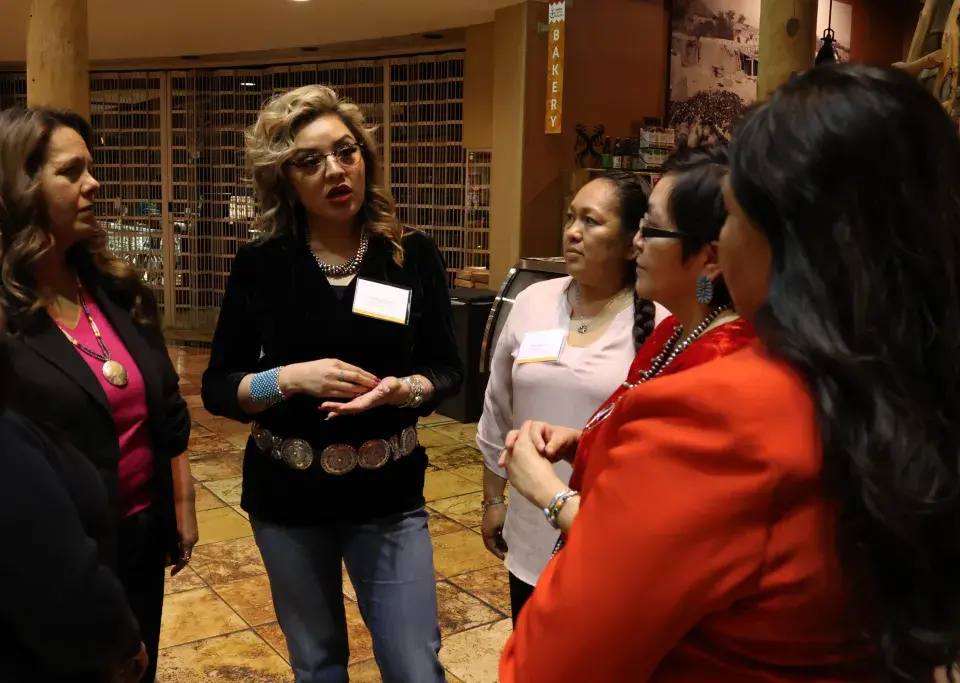
Who are the Native women taking leading roles in economic development and housing and how are they driving change in Indian Country?
Many of our Tribal nations are matriarchal societies, and while that structure is not across the board in every tribe, women are held in such high regard and respected as life-givers, nurturers, and providers. The old proverb says, ‘A nation is not conquered until the hearts of its women are on the ground. Then it is done, no matter how brave its warriors or strong its weapons.’ In many ways, what are considered traditional women’s roles and experiences can be ideal training ground for some of the best and most effective management and true leadership. In our communities, women are the glue that braids us all together.
There are too many women to name them all, and it’s beautiful to be able to point to a host of Native women holding leadership roles at the community, state, and federal level. A few that stand out include Lakota Vogel, who is executive director of Four Bands Community Fund, a Native CDFI that is doing so much to shift the narrative around the best change from within, and Sharon Small, of the Northern Cheyenne Tribe who works tirelessly to bring new community resources and opportunity as executive director of People’s Partner for Community Development. In New Mexico, Greta Armijo humbly and strategically leads the housing authority for the Pueblo of Jemez and Mytegia Lee, a young and rising leader, is executive director of Southwest Native Assets Coalition and a fierce advocate for equitable financial empowerment for Native people in all walks of life. With all these inspirational women, there’s an ability to lead intuitively and creatively – in ways you’re not always going to find in an MBA. The native women leading now tend to be gritty – they are real, everyday problem solvers for their communities. Sometimes they lead quietly and independently, and sometimes they make waves by pulling people together in coalition. But they always move thoughtfully, with their ancestors and their grandchildren in mind.
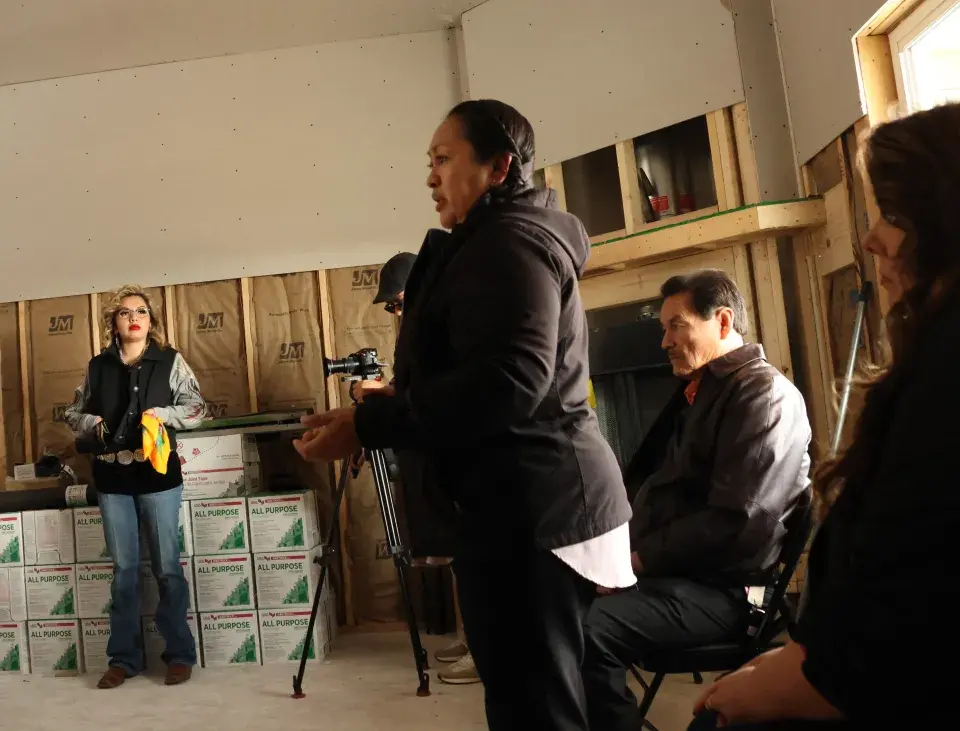
Who do you consider to be your role models? Were there any women leaders who inspired you in your own career?
My kooshis (grandmothers)! My father’s mother – Lillian “Sissy” Hopkins – was born in a tent on the shores of Enemy Swim Lake, South Dakota. As the oldest of several siblings, she held her family together, then moved from South Dakota to Montana and was largely on her own raising her family. At the age of 55 after raising her own children, she enrolled in college and earned her nursing degree. After that she served 20 years as a public health nurse. My mother’s mother – Sammie Cheak– always took time to personally know people and to create a connection. She told me: loneliness can be a terrible thing so stay connected to your family and your community. Do good work for others and put yourself out there. She also told me to always be learning something new, to be hungry for knowledge and seek it.
In today’s world, I hold Jackie Pata in high regard. She’s a staunch advocate for tribal sovereignty and tribal communities. She speaks plainly about issues we face, breaking down complicated concepts and uplifting practical solutions.
How does the inclusion of women leaders affect the efforts to build coalitions in Indian Country? How are they making a difference?
We’ve moved beyond the question of ‘how can we be more inclusive of women?’ These women have risen to the occasion to meet needs in their communities without asking for permission. They are trailblazers, exploring innovative solutions and implementing them, generating positive change all centered around a closer connection to culture. In doing so they have become positive role models for girls among Tribal communities in sovereign nations across the country.
Because they are practitioners who are not afraid to get their hands dirty, you can’t challenge their solutions. They carry their love for their people as motivation and the wisdom of their lived experience as a guide.
What can the next generation learn from women leading in Indian Country today?
Each one of these leaders is beginning to think about their succession planning for their organizations. They have a pulse on who can carry the torch.
When you’re a little girl growing up on the reservation, you might think ‘I want to be a nurse, a doctor or a lawyer one day.’ Very rarely do you think, ‘I want to work in finance, economic development, or housing.’
We have the right ingredients to change that narrative and create an expanded environment of options and goals for girls right now. They can look at us and think about making a career out of serving their community and by helping it grow economically. Girls and women in Indian country have what it takes to breathe life into Tribal communities and lead them to strength in the next generations.
